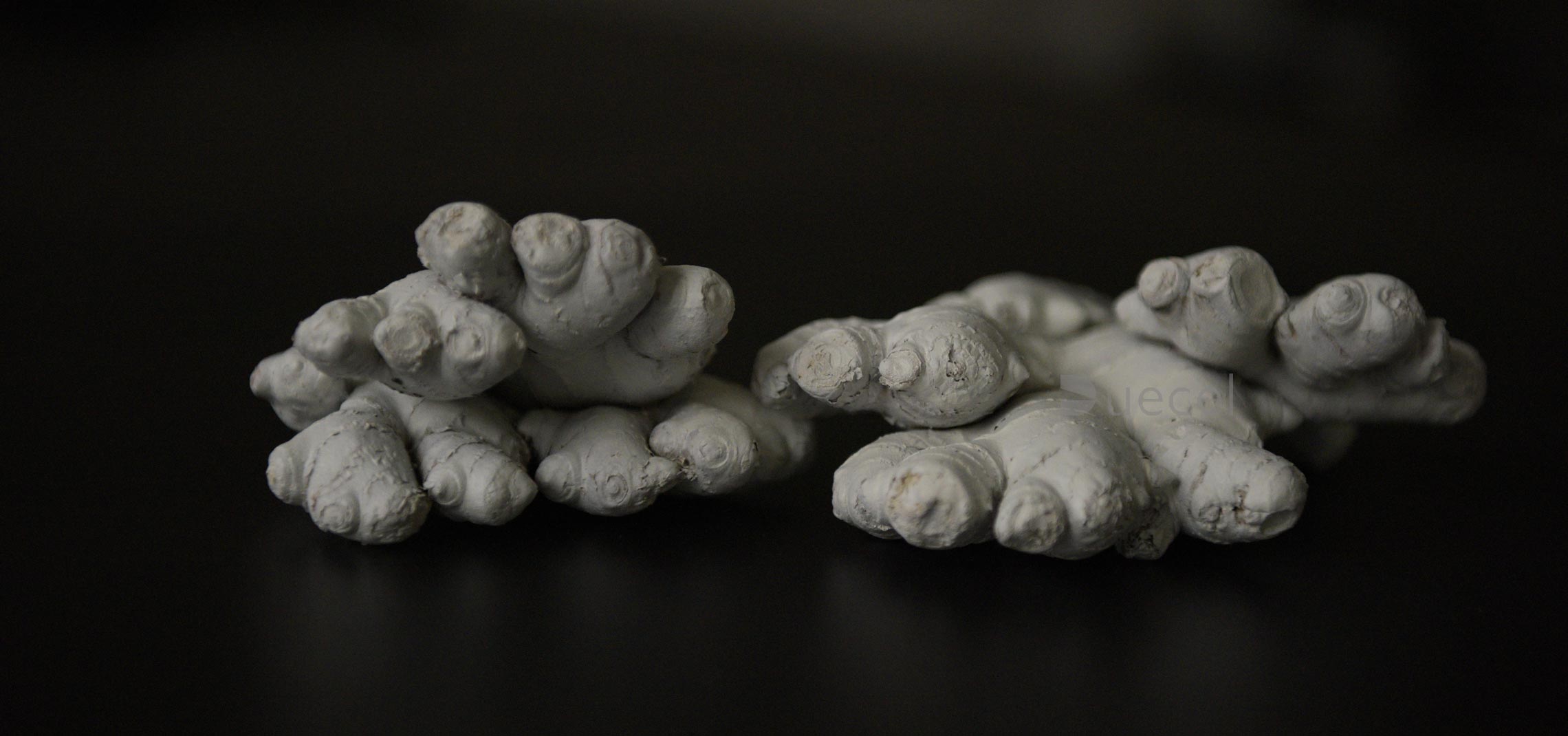Ex-formation experiment creates a new situation for objects by changing their position or their form and features. Registering this new character allows for portraying unfamiliar meanings and unknown qualities. Therefore, the observers will become disarmed of existing experiences. Without their old knowledge, the object's hidden aspects will be visible. Sense of curiosity and desire for discovery and intuition are naturally in what we do not know and not in what we know. Therefore, the Exformation experiment tries to break down common knowledge structures. In the absence of familiarity, the perception process extends longer. Objects have interrelated qualities that reinforce each other to form each object's character. These relations accelerate cognition and acquaintance. Jean-Paul Sartre's explanation of the attributes of lemon in Being and Nothingness is an excellent example of this. "[T] he yellow of the lemon is not a subjective mode of apprehending the lemon; it is the lemon ... In fact, the lemon is extended throughout its qualities, and each of its qualities is extended throughout each of the others. It is the sourness of the lemon which is yellow; it is the yellow of the lemon which is sour". *
Exformation uses this feature by breaking down the connections and removing the links. Without these links, the object will not be recognizable anymore, and therefore what observers have, will be not-knowing. I have done the exformation experimentation in different forms. First, I endeavored to show the effect of existing experiences on our observation with a simple image of a drop of oil. It was interesting to see how people with different backgrounds grasped an obscure image. While it was a microscopic sample for a biology student, it was a dry leaf under snow for someone who has just returned from an adventure in a snow-covered forest.
Existing knowledge (Vorhandenes Wissen) can sometimes be a significant obstacle to considering overlooked faces. To show the potential of not knowing, we need to suspend existing knowledge for a while to reveal the unknown features of each object. From here, the idea of applying some unexpected changes to tiny things shaped. I started with seeds and grains. We usually see hundreds or thousands of them in a container or individually in the heart of the fruits. However, their new faces will be revealed when we see them outside of these contexts. I put two beans and two kiwi seeds next to the electronic devices in my working room. This was good practice for an active experience. I could see the grains in different frames with a bit of magnification. Their new character emerged in a headset. Kiwi seeds are tiny and about 1.5-2.0 mm. Despite their small size, they have a unique texture that magnification could only reveal. When the seeds were about ten times bigger in photoshop, I replaced them with my Buds. The result was satisfactory as a design practice. The experience of integrating grains and electronic devices into one group gradually progressed to the point where the pod was removed. It was not difficult to imagine that the beans themselves could be charged directly.
I had a similar experience with gingers. Covering the gingers with white allowed them to play various unexpected roles. First, they were dancers in white with giant and deformed bodies. They could be imagined on stage while dancing in pairs or alone, some of them even without heads but still delighted.
Shortly afterward, they appeared in a new role. I tried to change their nature by creating new combinations with industrial artifacts. The large number of arms and legs made them look like legendary creatures with supernatural powers, something like apocalyptic fighters with deadly weapons. It was obvious that this would not be their last face. An unknown character could have emerged with every change in the light or direction. The white coating of gingers, which received a variety of grays in different lights, embraced a wide range of imaginations.
*Reference: Sartre, Jean-Paul. "Being and Nothingness: An Essay on Phenomenological Ontology. 1943. Tr. Hazel E. Barnes. 1956. Repr." 1984, P 257
Active experience






